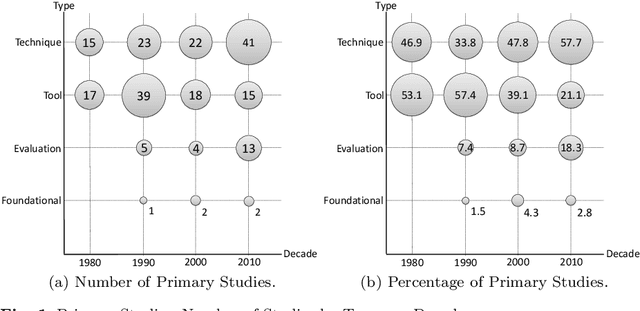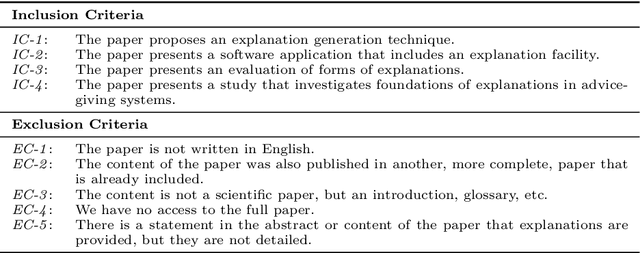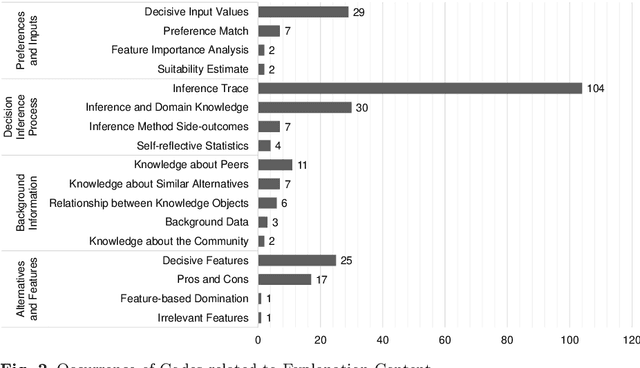A systematic review and taxonomy of explanations in decision support and recommender systems
Paper and Code
Jun 15, 2020



With the recent advances in the field of artificial intelligence, an increasing number of decision-making tasks are delegated to software systems. A key requirement for the success and adoption of such systems is that users must trust system choices or even fully automated decisions. To achieve this, explanation facilities have been widely investigated as a means of establishing trust in these systems since the early years of expert systems. With today's increasingly sophisticated machine learning algorithms, new challenges in the context of explanations, accountability, and trust towards such systems constantly arise. In this work, we systematically review the literature on explanations in advice-giving systems. This is a family of systems that includes recommender systems, which is one of the most successful classes of advice-giving software in practice. We investigate the purposes of explanations as well as how they are generated, presented to users, and evaluated. As a result, we derive a novel comprehensive taxonomy of aspects to be considered when designing explanation facilities for current and future decision support systems. The taxonomy includes a variety of different facets, such as explanation objective, responsiveness, content and presentation. Moreover, we identified several challenges that remain unaddressed so far, for example related to fine-grained issues associated with the presentation of explanations and how explanation facilities are evaluated.
 Add to Chrome
Add to Chrome Add to Firefox
Add to Firefox Add to Edge
Add to Edge